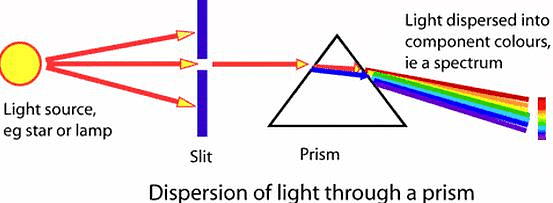UPSC Exam > UPSC Notes > PIB (Press Information Bureau) Summary > PIB Summary- 11th January, 2023
PIB Summary- 11th January, 2023 | PIB (Press Information Bureau) Summary - UPSC PDF Download
eSanjeevani
Why in News?
Union Government’s free telemedicine service, e-Sanjeevani, has recently crossed another milestone by touching nine crore teleconsultations mark.
What is E-Sanjeevani?
- Ministry eevani AB-HWC) in the hub and spoke model and patient to doctor (eSanjeevani OPD).
- E-Sanjeevani OPD (out-patient department) is a telemedicine variant for the public to seek health services remotely; it was rolled out on 13th of April 2020 during the first lockdown in the country.
- e-Sanjeevani OPD is a Govt of India flagship telemedicine platform developed by the Centre for Development of Advance Computing (C-DAC), Mohali under the aegis of MoHFW, Govt of India.
- It provides free consultations to any Indian citizen.
- However, with covid cases surging, the demand for doctors is up while the supply has reduced due to doctors being pulled out for covid ward duties.
- It enables virtual meetings between the patients and doctors & specialists from geographically dispersed locations, through video conferencing that occurs in real-time.
- At the end of these remote consultations, eSanjeevani generates electronic prescriptions which can be used for sourcing medicines.
- Andhra Pradesh was the first state to roll out eSanjeevani AB-HWC services in November 2019.
Benefits of telemedicine
- Transportation: Patients can avoid spending gas money or wasting time in traffic with video consultations.
- No missing work: Today, individuals can schedule a consultation during a work break or even after work hours.
- Childcare/Eldercare Challenges: Those who struggle to find care options can use telemedicine solutions.
National Science Day 2023
Why in News?
Recently, the Union Minister of Science and Technology released the Theme of National Science Day 2023 at a function in New Delhi.
About National Science Day 2023
- The theme of National Science Day 2023 will be Global Science for Global Wellbeing.
- The government of India designated 28 February as National Science Day (NSD) in 1986.
- On this day Sir C.V. Raman announced the discovery of the ‘Raman Effect’ for which he was awarded the Nobel Prize in 1930.
What is Raman Effect?
- Raman Effect is a phenomenon in spectroscopy discovered by the eminent physicist Sir Chandrasekhara Venkata Raman in 1928.
- After two years in 1930, he got Nobel Prize for this remarkable discovery and this was the first Nobel Prize for India in the field of Science.
- Raman Effect is a change in the wavelength of light that occurs when a light beam is deflected by molecules.
- When a beam of light traverses a dust-free, transparent sample of a chemical compound, a small fraction of the light emerges in directions other than that of the incident (incoming) beam.
- Most of this scattered light is of unchanged wavelength.
- A small part, however, has wavelengths different from that of the incident light; its presence is a result of the Raman Effect.

The document PIB Summary- 11th January, 2023 | PIB (Press Information Bureau) Summary - UPSC is a part of the UPSC Course PIB (Press Information Bureau) Summary.
All you need of UPSC at this link: UPSC
Related Searches
















